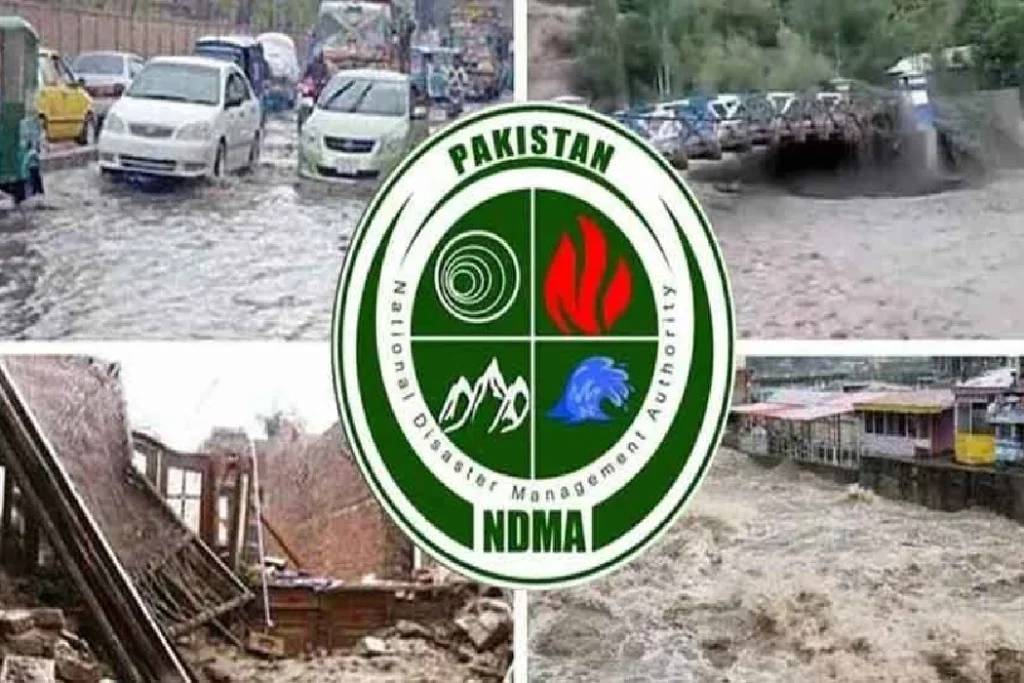From June 26 to July 28, 2025, Pakistan’s National Disaster Management Authority (NDMA) executed an extensive relief distribution campaign across flood-affected regions, dispatching a total of 8,467 essential relief items to support displaced and vulnerable communities.
Comprehensive Breakdown of Relief Distribution
| Relief Type | Total Delivered | Key Region(s) |
|---|---|---|
| Tents | 1,070 | Sindh highest (500), Gilgit-Baltistan (337), Balochistan (200), KP (20), AJK (13) |
| Blankets | 390 | GB (327), KP (37), AJK (26) |
| Quilts / Sleeping Bags | 303 | Balochistan (200), GB (43), AJK (40), KP (20) |
| Mattresses | 221 | GB (203), KP (10), AJK (8) |
| Plastic Mats | 41 | KP (21), AJK (16), GB (4) |
| Kitchen Sets | 680 | Balochistan (500), GB (153), Punjab (18), AJK (9) |
| Mosquito Nets | 305 | Balochistan (300), KP (5) |
| Hygiene Kits | 1,030 | Sindh (1,000), KP (18), GB (12) |
| Tarpaulins | 2,088 | Sindh (2,070), KP (17), GB (1) |
| Charpai Beds | 200 | Balochistan |
| Gas Cylinders / Stoves | 200 (+1 each) | Balochistan & GB |
| Life Jackets | 60 | Sindh & ICT |
| Pre-Packaged Meals | 500 | Gilgit-Baltistan |
| Drinking Water Bottles | 100 | Gilgit-Baltistan |
| Miscellaneous Items | 59 | Across regions including AJK |
Focused Regional Support
- Sindh received major allocations including tents, hygiene kits, and tarpaulins addressing urgent shelter and sanitation gaps.
- Gilgit-Baltistan assisted with essentials like blankets, quilts, mattresses, kitchen sets, meals, and water.
- Balochistan was supported with quilts, charpai beds, cooking stoves, and mosquito nets for displaced populations.
- KP and AJK also received targeted aid in the form of blankets, mats, mattresses, hygiene kits, and sleeping gear.
Why This Relief Effort Matters
This concerted NDMA deployment reflects a comprehensive and region-specific response strategy. From emergency shelter to kitchen essentials and hygiene kits, the interventions aim to mitigate immediate vulnerabilities while supporting basic dignity during displacement and recovery.
The widespread allocation of tarpaulins (over 2,000) and hygiene kits (1,030) highlights NDMA’s emphasis on shelter resilience and public health protection. Nutrition and hydration support via packaged meals and clean water were prioritized in remote northern areas.
Operational Effectiveness
NDMA’s relief operations demonstrate:
- Strong logistical coordination across provinces
- Adaptive prioritization based on regional infrastructure damage
- Inclusive coverage of vulnerable populations
These efforts are key to minimizing suffering, preventing secondary health crises, and stabilizing affected communities during the initial recovery phase.
What Comes Next
As monsoon rains persist and flood warnings remain active, NDMA operations are expected to:
- Continue deploying mobile relief units and supplies
- Expand coordination with provincial PDMA teams
- Set up additional temporary shelters and medical camps
- Maintain transparency and ensure equitable distribution
With forecasts indicating high rainfall and flash flood risks through July 31, especially in regions such as Gilgit-Baltistan, AJK, and KP, preparedness and distribution systems remain critical to safeguarding lives.
Conclusion
Disbursing 8,467 life-saving items in just over a month, NDMA has underscored Pakistan’s capacity to mobilize extensive disaster relief at scale. As the monsoon crisis unfolds, such targeted relief strategies tailored by region and need remain central to protecting the most vulnerable and supporting their transition toward recovery.



Comments (0)
No comments yet. Be the first to comment!
Leave a Comment